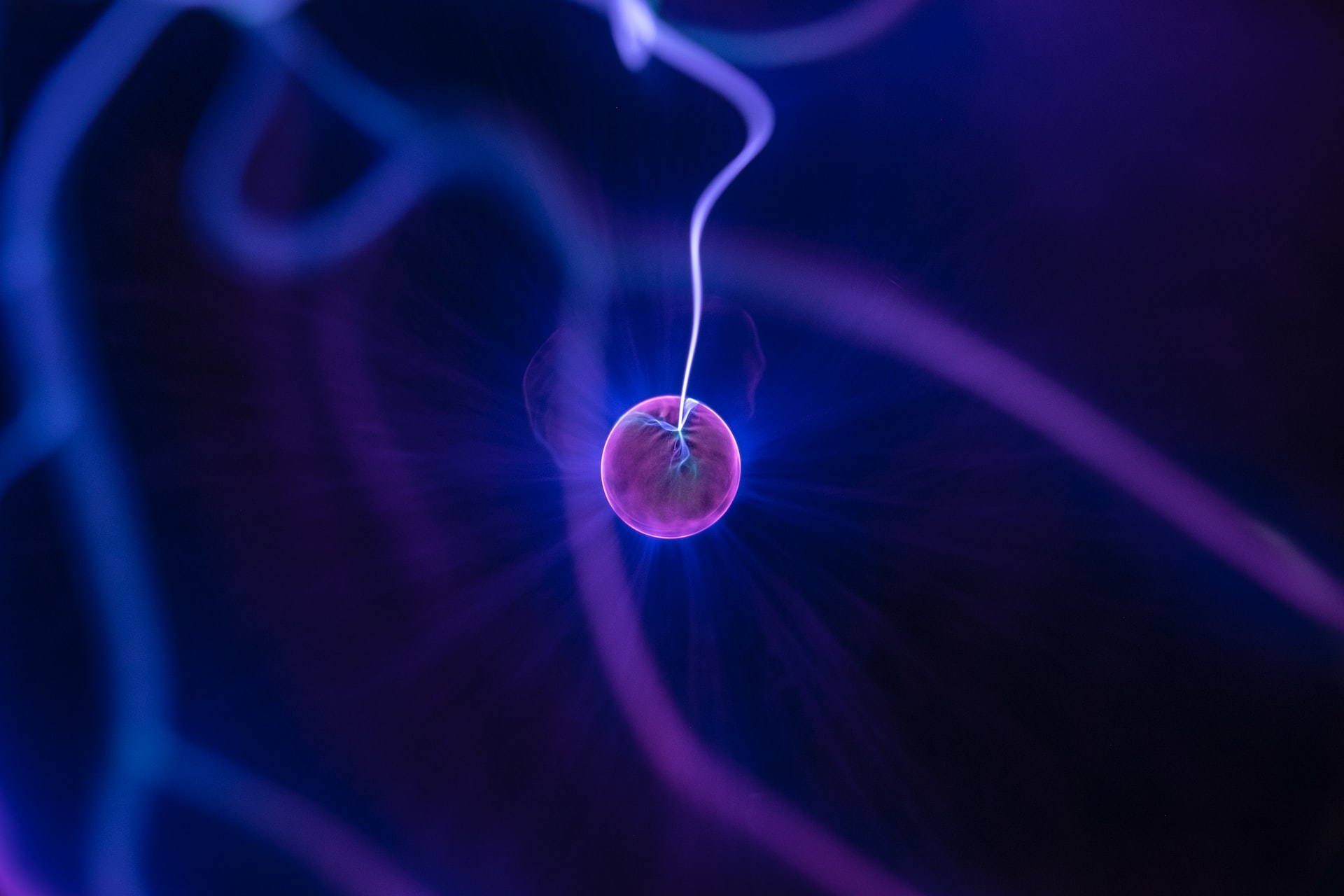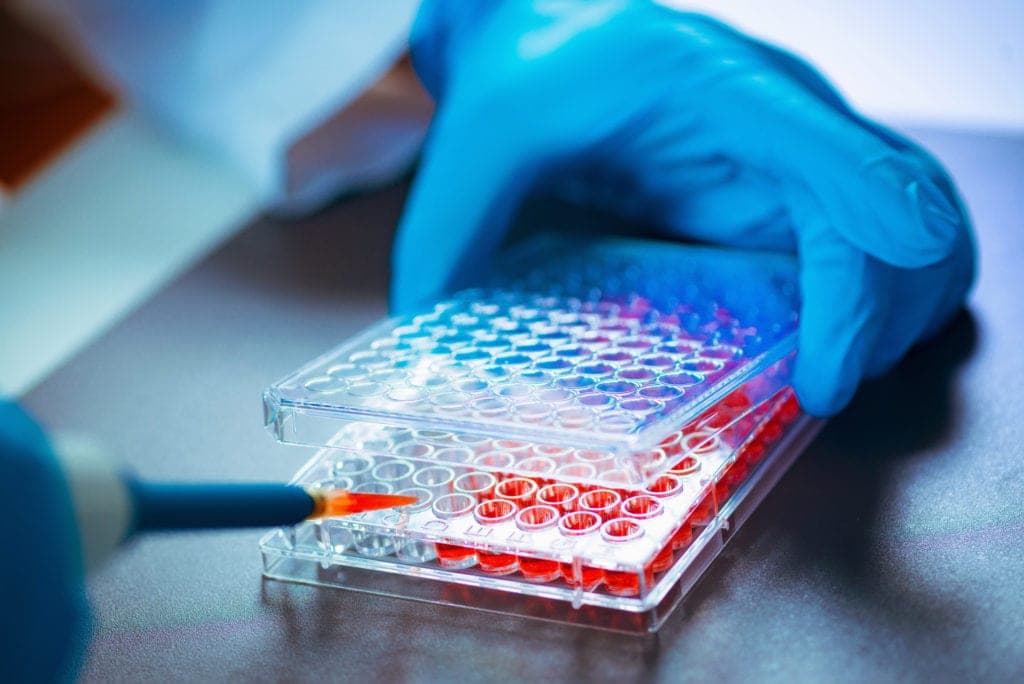An important element of cancer diagnosis in Germany is the taking of a tissue sample from the tumor (biopsy) with its subsequent histopathological examination. Moreover, in order to determine the specific biological characteristics of already diagnosed cancer, a molecular pathological analysis of the biopsy specimen is performed, which enables the selection of the optimal treatment for the individual patient.
In recent years, however, a new method of analysis, liquid biopsy, based on the analysis of nucleic acids in the blood to detect tumor cells or tumor DNA in the blood, has made a furor in medicine. However, it is worth noting that in terms of pathology, the term “liquid biopsy” is inaccurate because it refers exclusively to a molecular analytic method and not to a biopsy in the pathological sense. The method is based on the fact that tumor cells also release genetic information into the blood, which can be examined for changes that occur in the blood only in very small quantities. Therefore, their detection has only become possible due to the development of new methods for highly sensitive nucleic acid detection, such as “digital drop PCR” or “next/next generation sequencing” (NGS). In addition to peripheral blood, namely plasma, urine, stool, pleural or cerebrospinal fluid can be used as liquid biopsy material.
The liquid biopsy method is used in oncology for purposes such as screening, early cancer diagnosis or assessment of metastatic risks. An important area of use of liquid biopsy is also the identification of target structures for therapy, mechanisms of resistance, and tumor monitoring in general.
Tumor monitoring by liquid biopsy is particularly interesting because it allows both the detection of potentially developing recurrent tumors at a very early stage and the deciphering of their possible altered molecular profile. Thus, if resistance mutations occur during first-line therapy, patient survival could theoretically be significantly increased by switching the targeted therapy.





